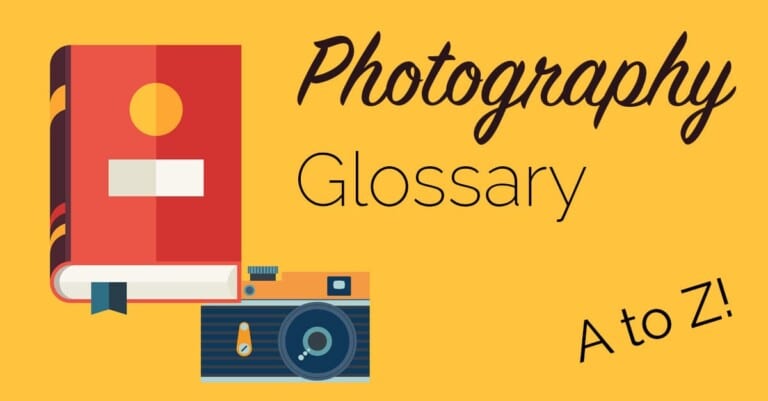L-Series
What Is A Canon L Series Lens? Canon’s high-end lenses carry a red ring around the lens barrel, and the famous L Series branding. These lenses are designed for professional usage and are built to the highest standards, with extreme sharpness and durability in mind. Most L lenses are weather sealed, meaning they can stand to get reasonably wet before requiring a waterproof cover. L Series lenses cover the full spectrum of focal lengths, from the incredible groundbreaking 11-24mm f/4 L, right through to the 800mm f/5.6 L IS. Compared to Canon’s other lenses, L Series lenses tend to focus …

